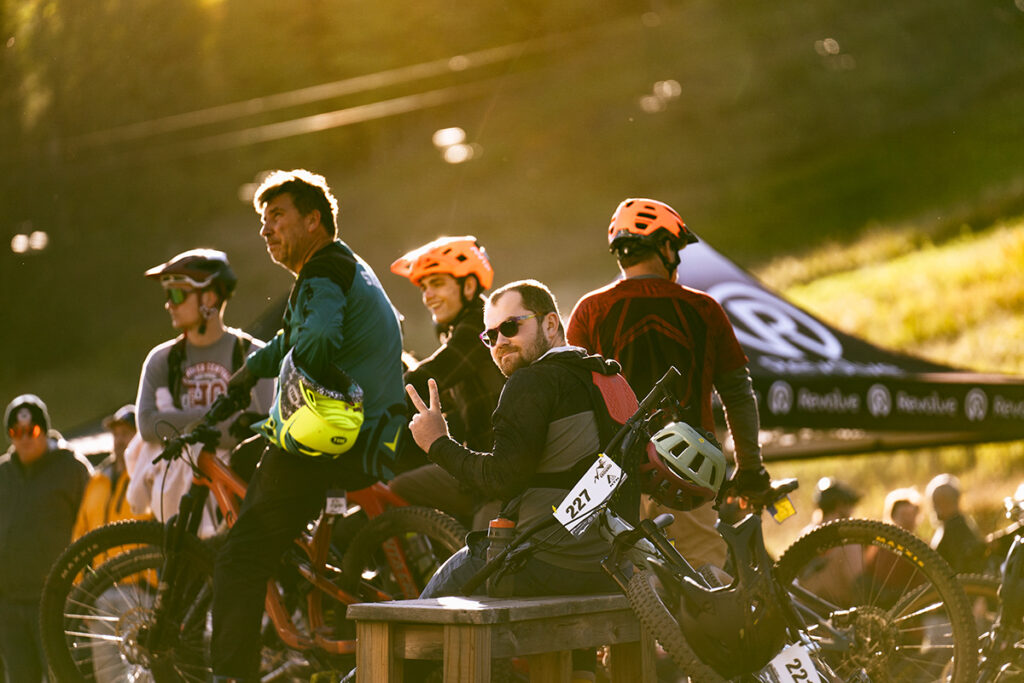Your organization has spent months creating a strategic plan that carefully stitches the ambitions of staff, stakeholders, and leaders into a consolidated narrative to guide future action. Although you have a blueprint on hand and some degree of consensus, the real work of implementation has yet to begin. Fundamental questions about how to move forward arise: Where do you start? How do you get people excited about the initiative? What happens when circumstances change or obstacles emerge? How do you build on the momentum generated by the planning process?
TIP regularly assists clients sorting through these questions, offering guidance throughout implementation, whether the emphasis is on socializing a plan to generate financial and organizational support, operationalizing resources for implementation, or taking organizational initiatives to the next level. These focus areas are closely aligned not only with the planning process and amount of consensus that process created, but also to the development stage of an organization. When in the early stages of an organizational lifecycle, the emphasis may need to be on socializing the plan and organization first, followed by leveraging resources. For a more established organization, the approach to implementation might be more closely aligned with efforts to tackle bold, transformative initiatives.
The stages of implementation are illustrated by three of TIP’s past clients. The City of Dallas, Texas, successfully operationalized the resources needed to stand up a new organization when stakeholders prioritized the need for an independent economic entity. Leaders from Greater Fort Wayne, Inc. (Indiana) and the Greater Baltimore Committee (Maryland) embarked on ambitious journeys to socialize and leverage their respective plans, translating vision to impact.
Creating a New Entity and Operationalizing for Implementation
Dallas Economic Development Corporation
In 2019, the City of Dallas engaged TIP to conduct a stakeholder review of their recently completed economic development strategic plan. During these conversations, stakeholders unanimously prioritized the creation of a new economic development entity that could operate independently of the city government and advocate for citywide economic development. This two-pronged vision became the foundation for a collaboration between TIP and city leaders to create what is now known as the City of Dallas Economic Development Corporation (DEDC). The DEDC is designed to accomplish two major tasks: spur business development and act as a public developer in support of the city, with an emphasis on activity in historically underserved south Dallas.
With a preliminary vision of success established, TIP worked with city staff to develop a compendium of founding documents that would govern the new entity, including bylaws for the organization and an interlocal agreement defining the relationship between the DEDC, the City of Dallas generally, and the City’s Office of Economic Development. The TIP-City team further leveraged the vision for a new entity focused on business development and real estate to recruit an inaugural board of directors.
The DEDC’s board of directors first met in 2022, tasked with starting up a new organization and recruiting a CEO to lead efforts with the support of City policies, stakeholder input, and TIP’s research into best practices. During the search for a CEO, the board frequently cited the need to find someone with the ability to influence stakeholders in the region who could cast a strong vision for change and recruit allies along the way.
In 2024, the recently established organization’s new CEO was hired, fully realizing the vision cast in 2019. In cooperation with TIP, the newly hired top executive and the board of directors have embarked on a second phase of development for the DEDC. With new leadership and dedicated staff, TIP and the DEDC finalized a strategic plan to guide the organization’s future work, setting expectations for meaningful impact on job creation and business attraction. DEDC is poised to multiply the impact of projects underway—including the growth of Dallas Executive Airport and the redevelopment of RedBird mall in the city’s southern sector—that will leverage new and established industries and help reshape the economic landscape.
Telling the Story and Organizing for Action
Greater Fort Wayne, Inc., and Greater Baltimore Committee
Developing strategic plans for Greater Fort Wayne (GFW), which covers Allen County, and the Greater Baltimore Committee (GBC), with members spanning seven jurisdictions, required an inclusive, collaborative approach to crafting priorities, actions, and a path for implementation.
In November 2020, GFW engaged TIP to create an economic development plan that would guide Fort Wayne-Allen County, Indiana, for the next 10 years. Implementation of the resulting plan, Allen County Together (ACT), was immediately launched by GFW with a strong focus on raising awareness and cultivating partnerships. Building on the foundation of an inclusive steering committee that guided the strategic plan and the approach to implementation, GFW has established a goal of reaching 10,000 stakeholders every year to promote the plan. They do this by providing pitch deck presentations to interested parties, using video and social media to reach a wide audience, and hosting an Economic Development Summit that highlights implementation progress and reconfirms the “why” behind GFW’s work.
The success of this initial planning effort led to a successful application for $50 million in statewide funding, which was supported by GFW and led by the 11-county Northeast Indiana Regional Development Authority and the Northeast Indiana Regional Partnership, with assistance from TIP. Subsequent regional planning efforts that knit together the work of multiple organizations including the Regional Chamber of Northeast Indiana and the Northeast Indiana Strategic Development Commission have resulted in an additional $75 million of state funding directed to the 11-county region for talent, workforce, and placemaking initiatives.
GBC engaged TIP in 2023 to create a 10-year economic opportunity plan aimed at igniting transformational change and spurring new collaborations in the Greater Baltimore region. Having recently merged with the Economic Alliance of Greater Baltimore—an organization that marketed the region for business investments—and hiring its first new leader in more than two decades, GBC was well positioned to lead the effort.
To ensure forward movement as a region, TIP and GBC grounded the 11-month planning process in broad stakeholder engagement, including a 34-member steering committee with representatives from across the region, six working groups, and multiple topic-area roundtables. The resulting plan, All In 2035, was unveiled to the community at GBC’s Annual Meeting with more than 450 attendees, including Maryland Governor Wes Moore. This energizing event generated coverage of the plan from multiple press outlets and has been part of GBC’s effort to position the organization as a leader for transformational change and regional collaboration. Subsequently, GBC has launched a regional brand effort, hosted the Baltimore Region Investment Summit, expanded their internal staff team, and galvanized partners around implementing the 10-year strategy.
Learning the Lessons
Successful transitions from planning to implementation embrace four key characteristics:
- Cast a vision. Leaders, staff, and key supporters should be able to clearly articulate the vision of success illustrated in your plan. This vision should be bigger than any one leader and should be strong enough to be carried forward by a coalition. There should be clarity around who is needed to achieve your plan’s goals and what it will take to get there. As you move forward through implementation, you will need to recast your vision, reminding those involved of where you are trying to go and why it matters.
- Tell your story. When a plan is approved by a board, city council, or other decision-making body, many stakeholders cannot yet articulate what is in the plan or why it will make a difference. As an economic development organization, it is your charge to gain support for the plan through education and awareness, advocating for the necessary resources and making the plan’s vision relevant to a diverse audience. Ensure potential partners and supporters understand what will be different because of your efforts.
- Take action. Successful implementation happens through organization and action. TIP equips clients with an implementation matrix that provides clarity about their roles (whether it is to lead, support, or convene partners and stakeholders around an initiative), the roles of partner organizations, resource implications, and timelines for specific activities. Clients are empowered with the knowledge to move forward on priorities with an understanding of how each action fits within the entirety of the plan.
- Celebrate success. Deconstructing a complex document into bite-sized pieces that can be tracked over time gives economic developers the ability to measure progress, report out to stakeholders and investors, and demonstrate impact. As elements of a plan are achieved, economic developers celebrate successes, evaluate the next priorities for action, readjust as needed, and continue moving from planning to performance.



